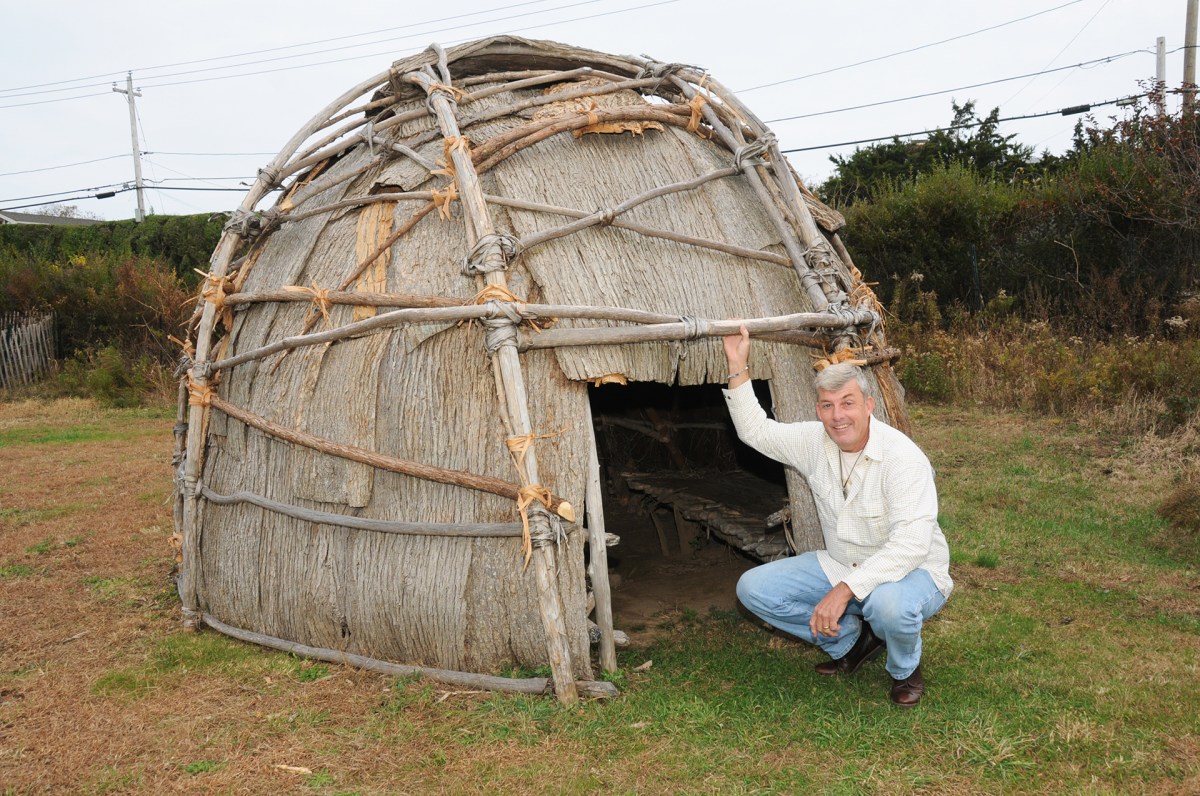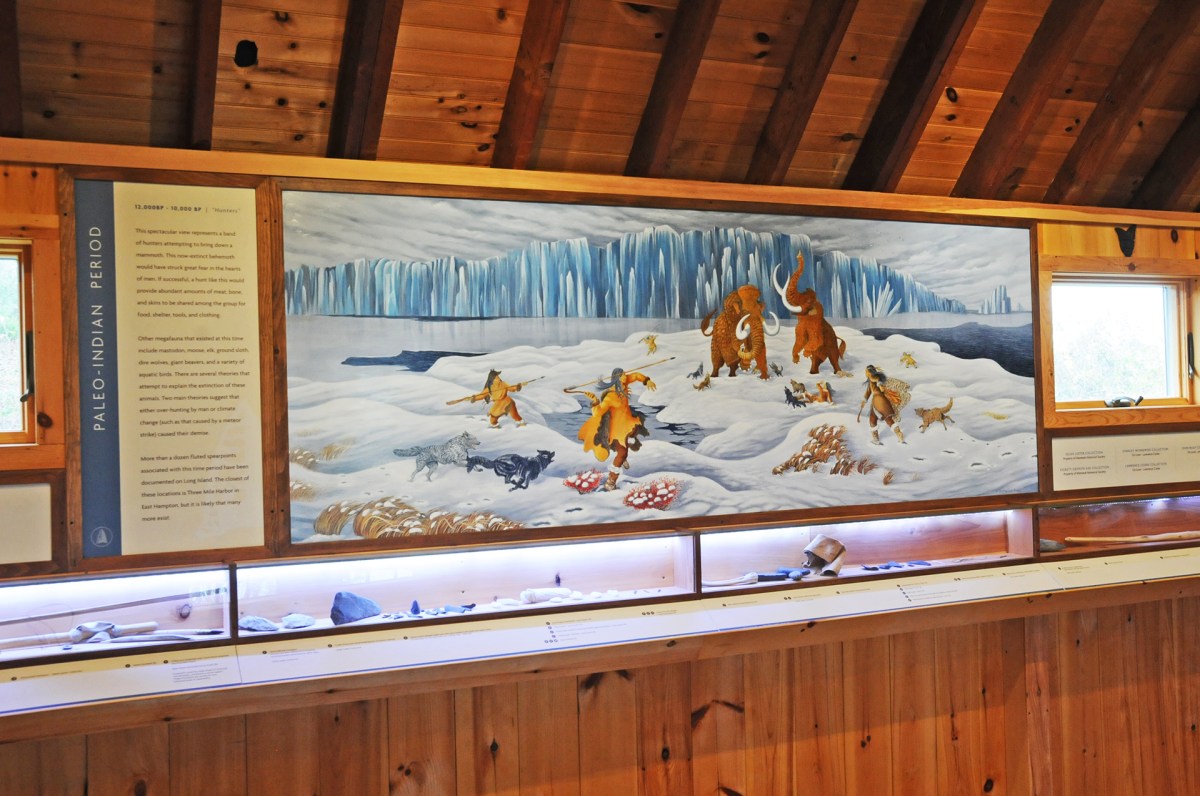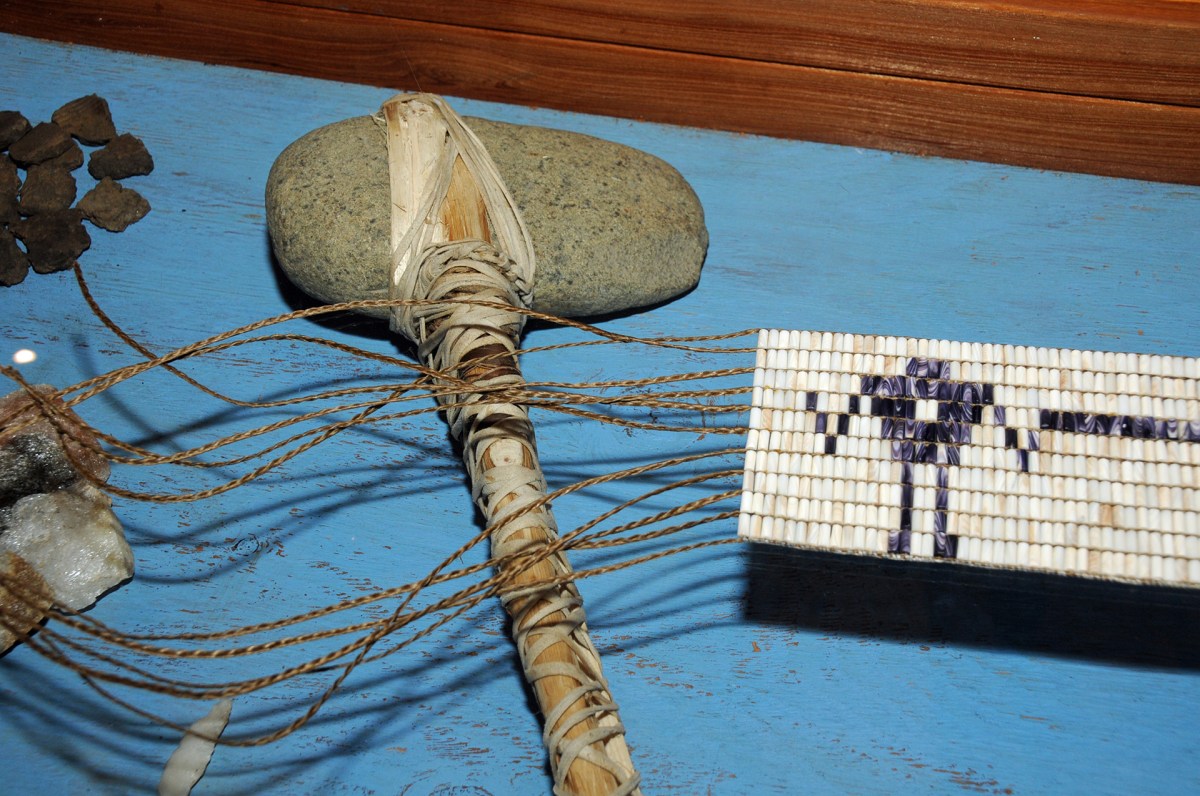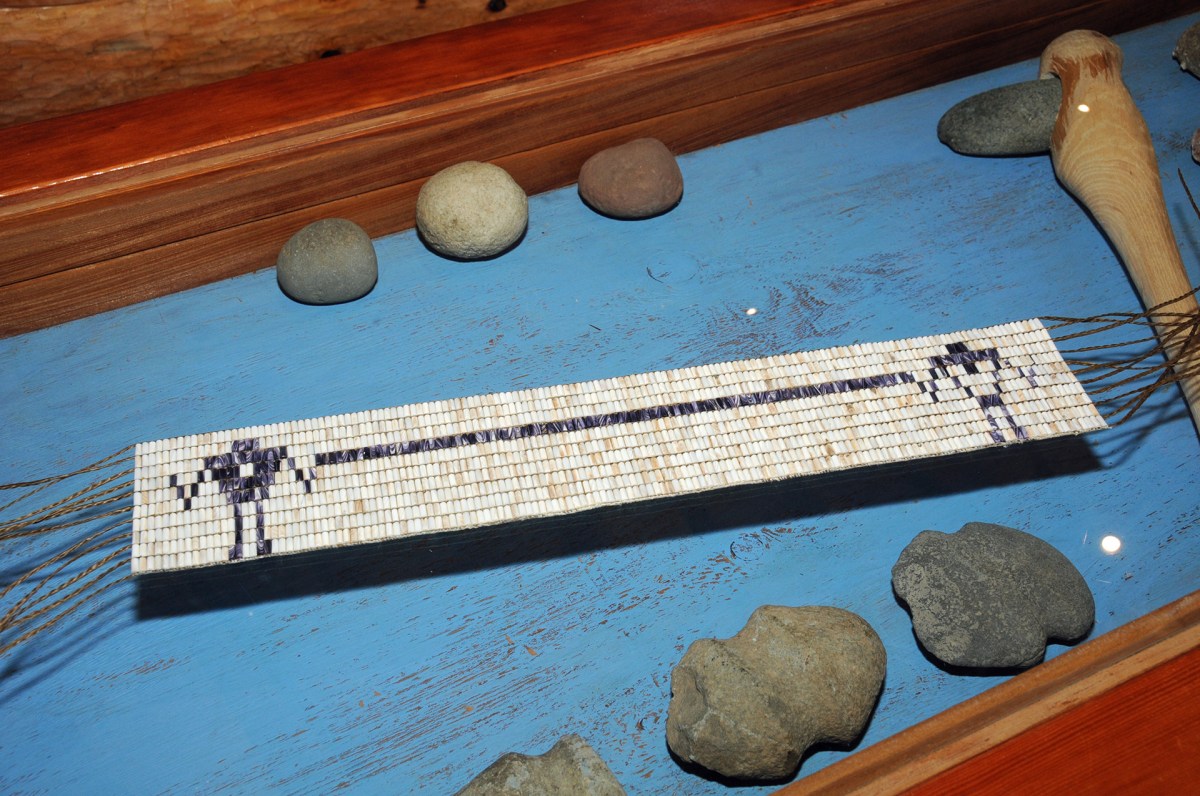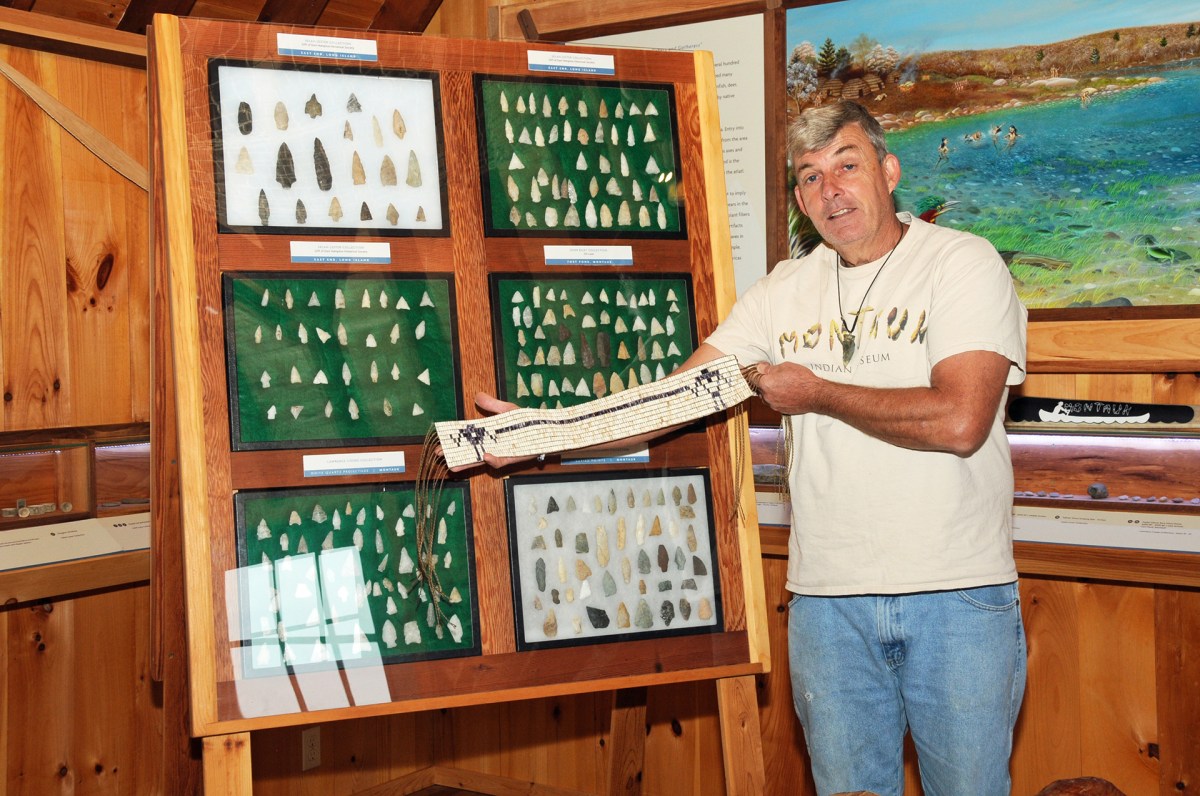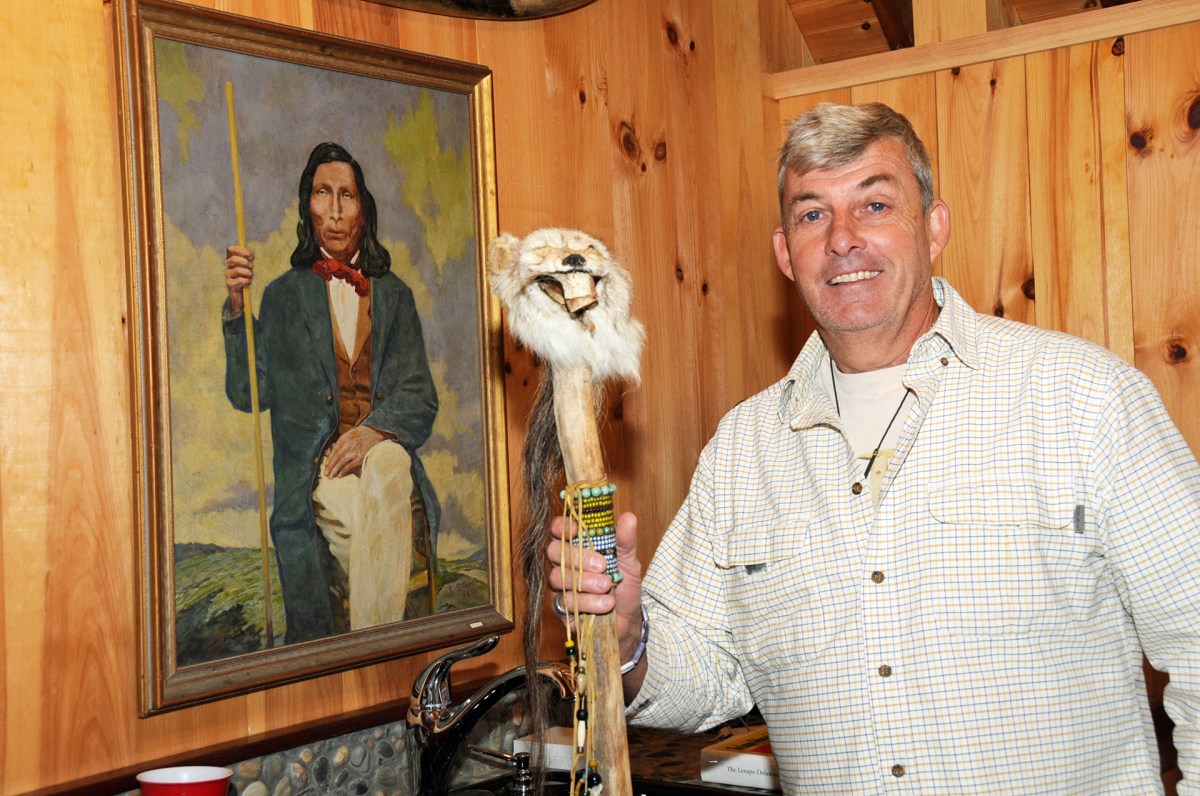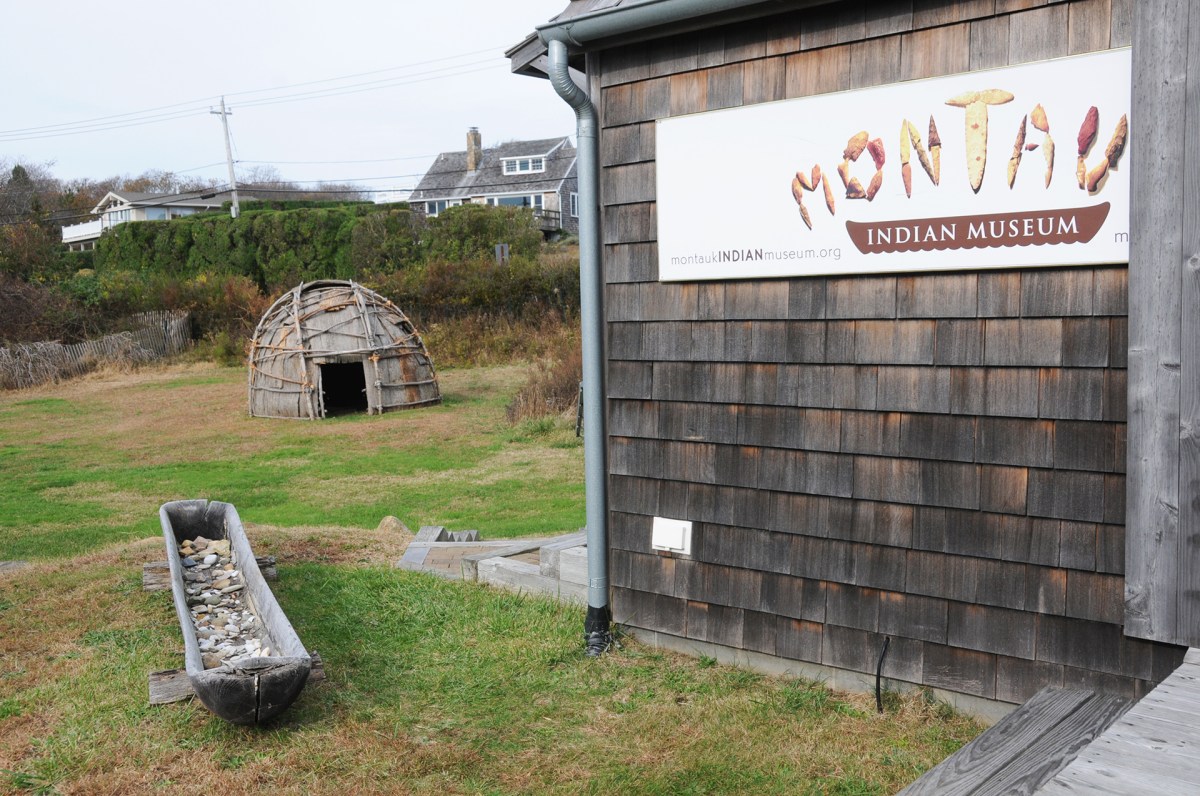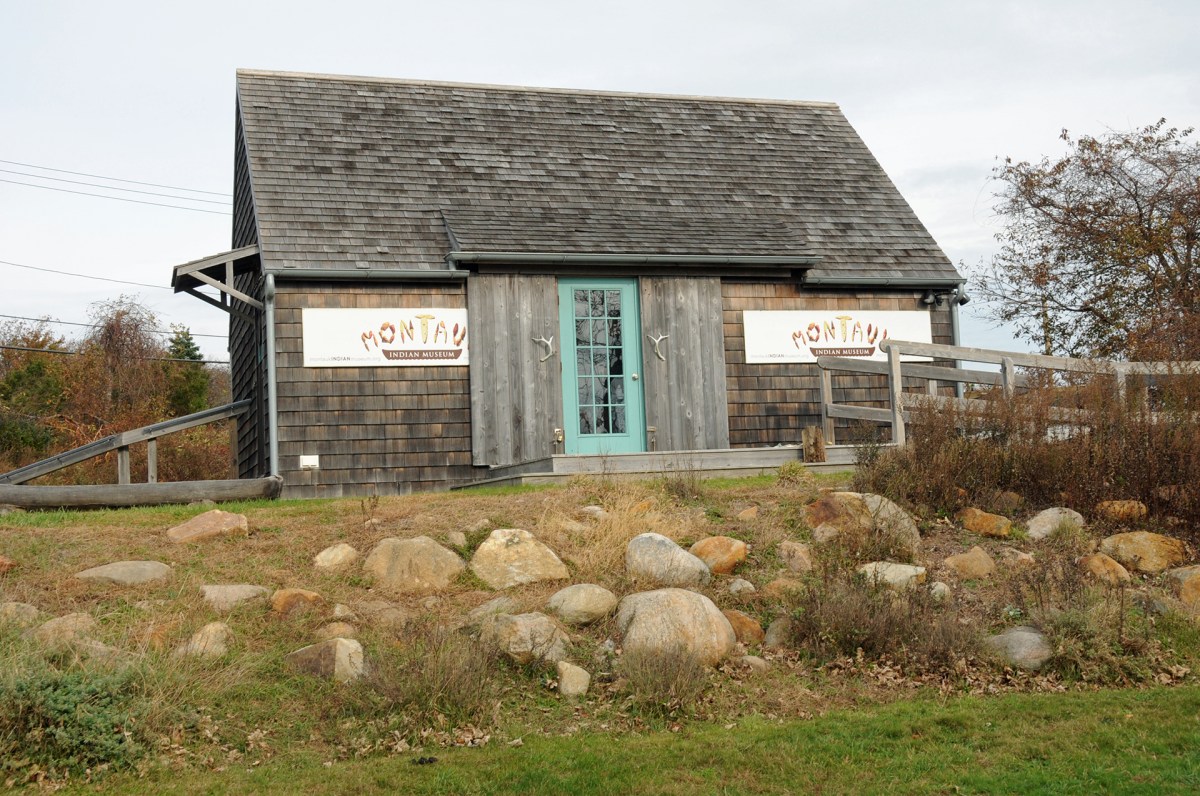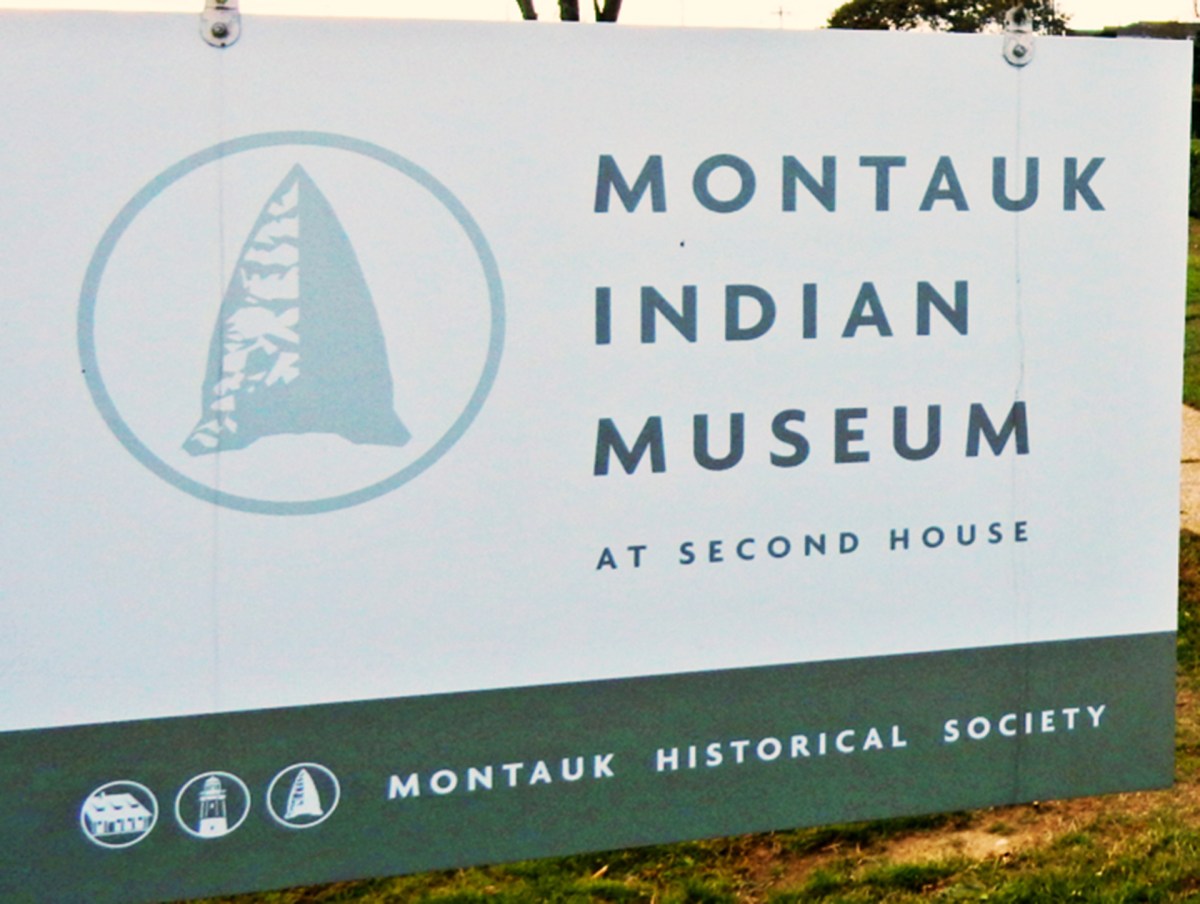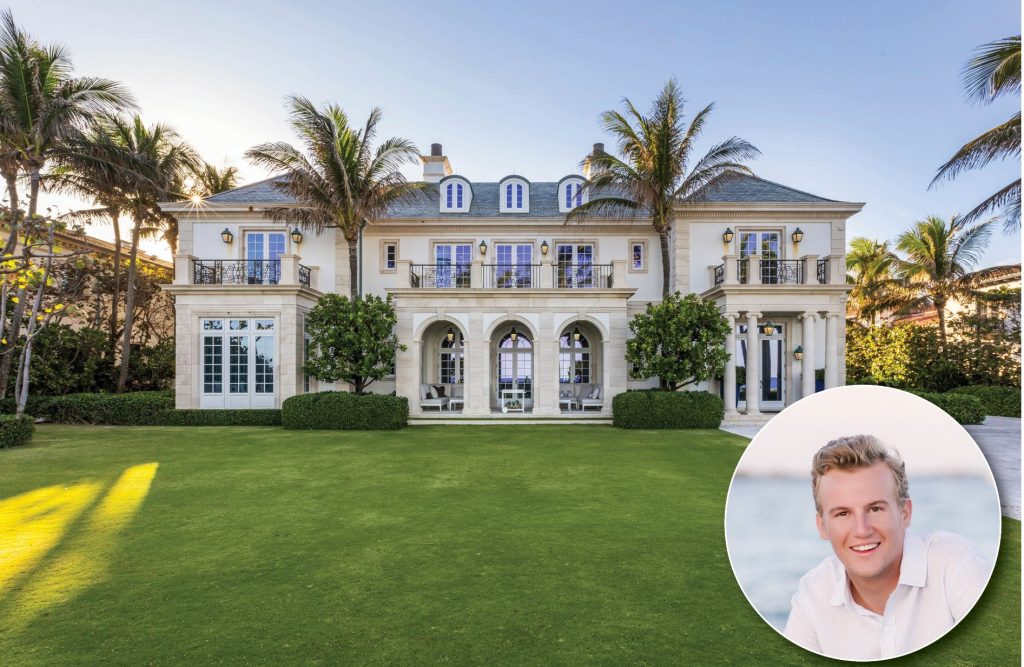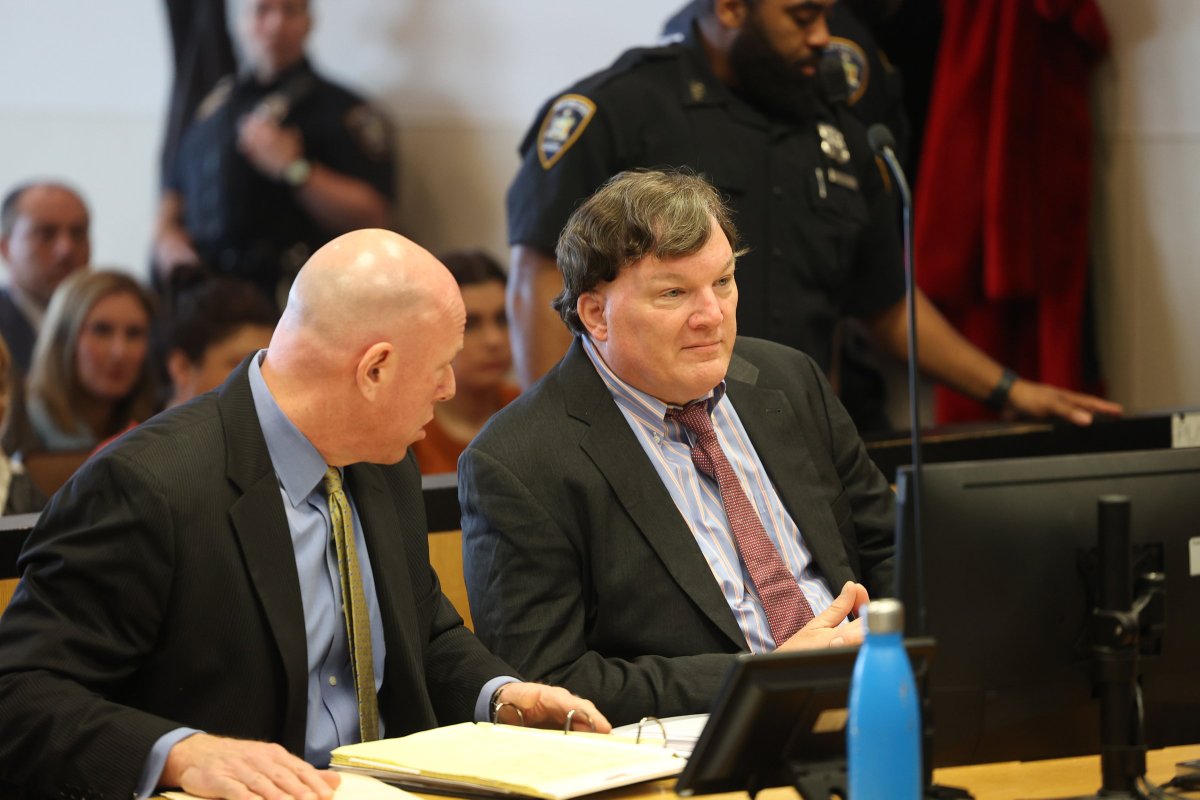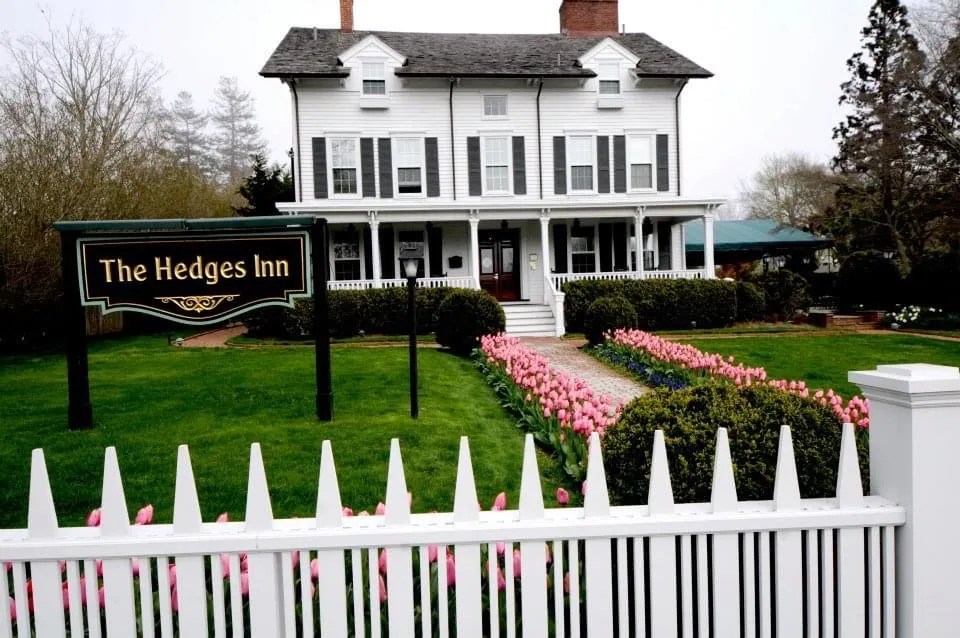Indian Museum Acquires Wampum Belt Replica
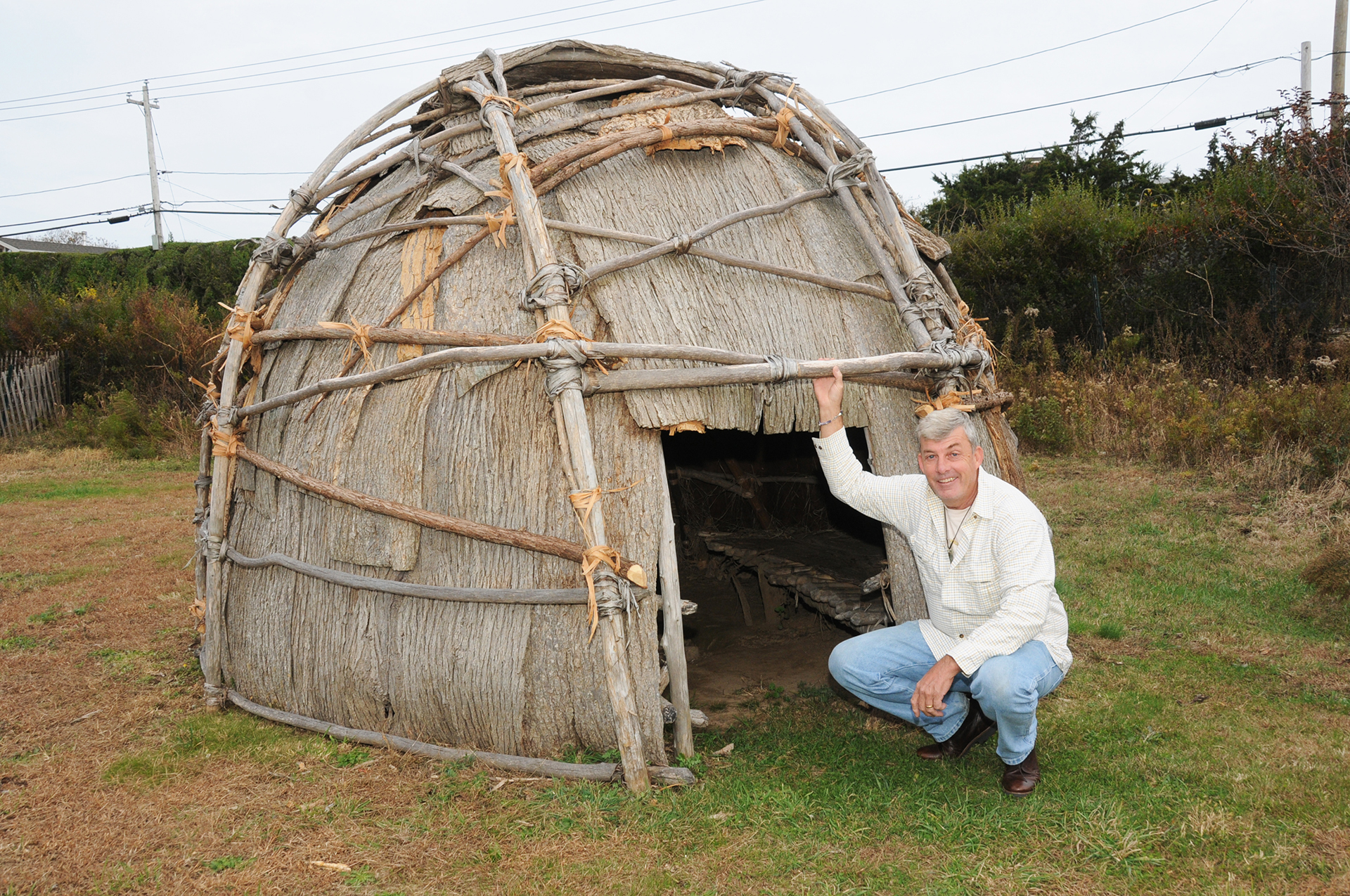
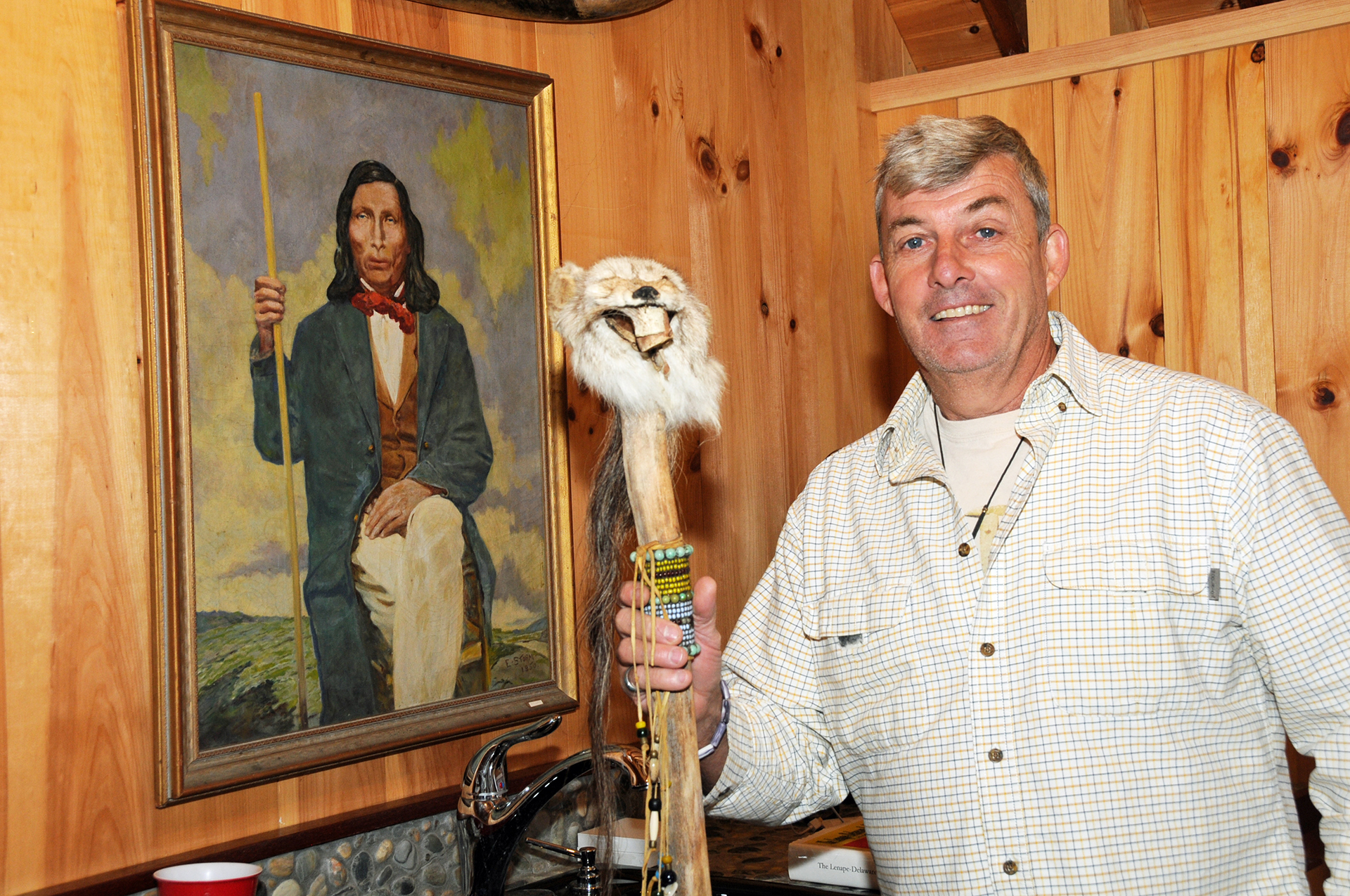
According to Henry Osmers, official historian for the Montauk Historical Society, Second House Museum is the oldest structure in Montauk. Built in 1746, it was traditionally the home of a shepherd, who tended both sheep and cattle. The year 1746 may seem a long time ago, but, for thousands of years, and before the arrival of Europeans on our continent, Montauk was mostly grazing land and home to Native American tribes.
Upon the arrival of Europeans, the road to peace between the two very different cultures required treaties and agreements. To commemorate these events, designs depicted on wampum belts created a historic record. The Montauk Indian Museum has acquired an exact replica of a special Wampum Belt from 1757, called a “Friendship Belt.” Expert Ken Maracle created white beads from whelk shells and purple from quahog shells, exactly like the originals whose holes were drilled by the muxes (drill bits) brought to the area by the Europeans.
It is well worth a visit to the Montauk Indian Museum to see the Wampum Belt and more. Be sure to stand in the center of the room, and make note of the four wall murals by Vito DeVito and Paul Ostreicher and their accuracy in compass direction and historic progression through four periods in Indian history — Paleo, Archaic, Woodland, and Contact — and change of seasons.
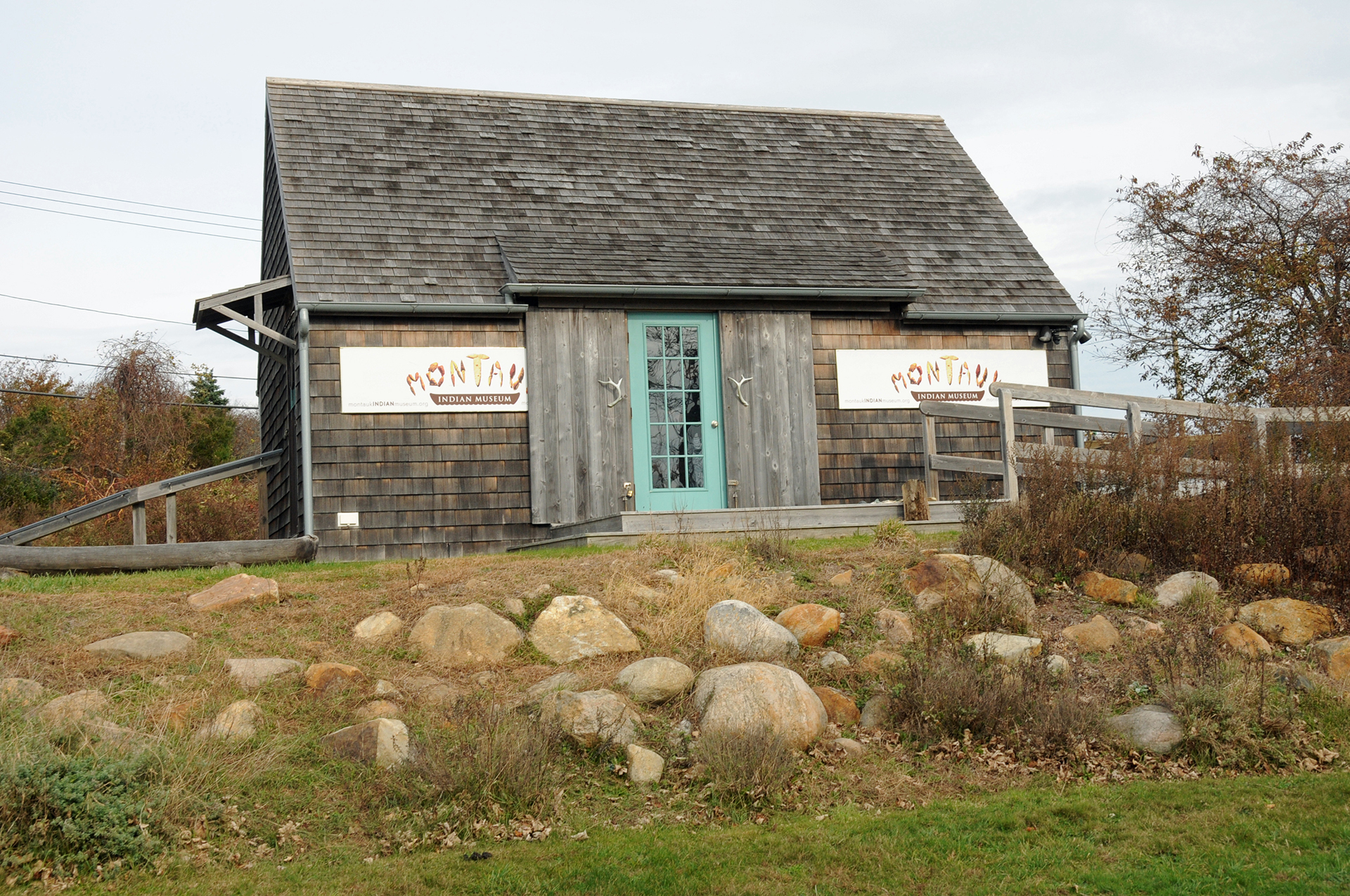
The house that is now the Montauk Indian Museum was not always in its current location on the Second House grounds. MHS treasurer Dick White remembers when the house, originally on Old Montauk Highway near Lee Court, was moved and donated by owners Joseph and Sheila Thal to its current location in 1980. Around 30 years later, the decision was made to dedicate the structure to the original inhabitants of the area.
According to White, the MHS commissioned the design of a new building that would connect with the former Thal house. The $500,000 cost was beyond the range of the budget, so the Montauk Indian Museum was established in its current home.
The development and evolution of the museum would likely not have happened as quickly without the passion of MHS board member and Indian Museum founder Lawrence Cooke. Native American history is nothing new to Cooke, who has been collecting artifacts for decades, from the Bronx and Queens to the East End.
According to Cooke, “The rich story of the Montauk Indians is here, right under our feet, in the form of stone artifacts and tools found by local residents. While a small case has been built for the Montauk Historical Society to display items at Second House Museum, more space is needed to tell fully the story of thousands of years of history.”
By Richard Lewin
